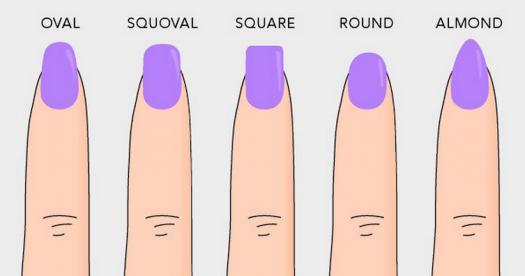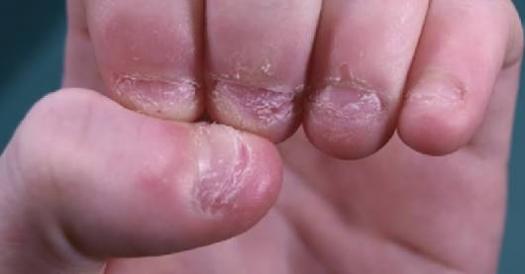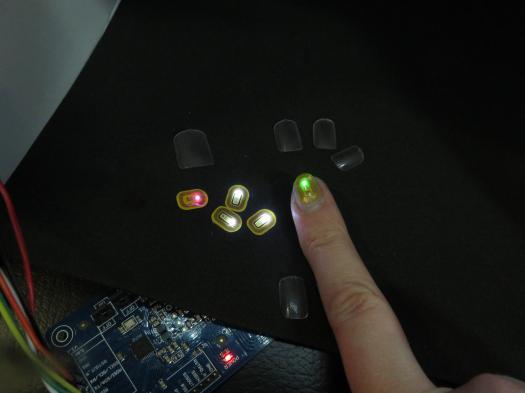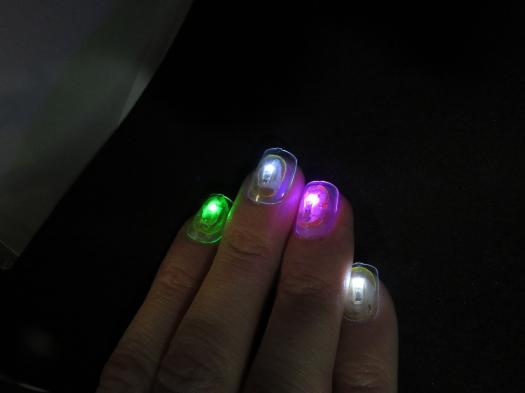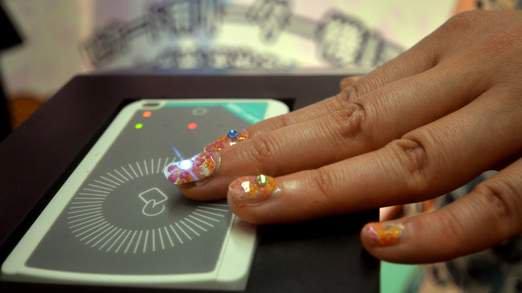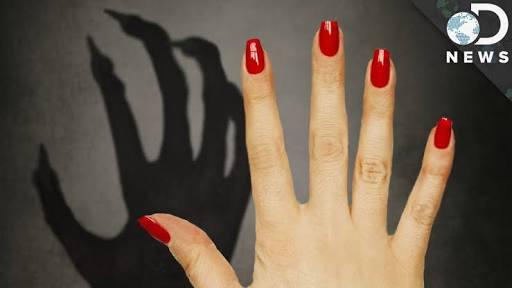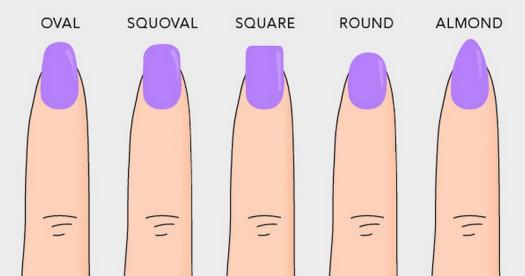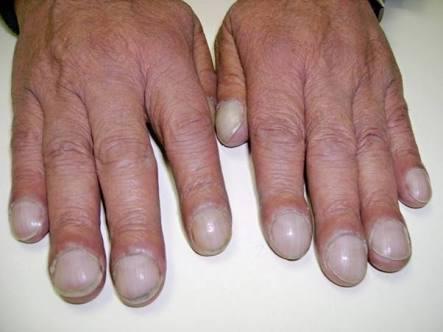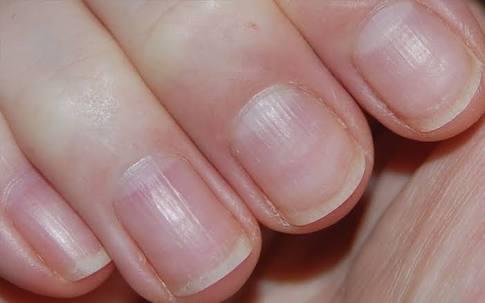What Do You Know About Fingernails?

We're not talking about claws or talons, but specifically about fingernails. There are secrets that you definitely don't know about them—which is why doctors in some cases use them to check our health. Additionally, they come in different appearances and colours, with each having a meaning. If we've caught your attention, this is a good chance to learn.
- 1.
What do you call nail biting?
- A.
Onychophagia
- B.
Hominins
- C.
Campylobacter
- D.
Staphylococcus
Correct Answer
A. OnychophagiaExplanation
Onychophagia is the correct answer because it refers to the habit of biting one's nails. This term is derived from the Greek words "onycho" meaning nail and "phagia" meaning eating or consuming. Nail biting is a common behavior that is often associated with anxiety, stress, or boredom. It can be a difficult habit to break and may have negative effects on the nails and surrounding skin.Rate this question:
-
- 2.
What are nails made from?
- A.
Melanie
- B.
Keratin
- C.
Gelatin
- D.
Melatonin
Correct Answer
B. KeratinExplanation
Nails are made from keratin, a tough and flexible protein found in the outer layer of our skin, hair, and nails. Keratin provides strength and protection to our nails, allowing them to grow and withstand daily wear and tear. It is the main component of the nail plate, giving it its hardness and durability. Gelatin is derived from collagen and is used in various products, but it is not the primary material that nails are made from. Melatonin is a hormone that regulates sleep-wake cycles and has no relation to nail composition.Rate this question:
-
- 3.
What is the average length of nail grown per month?
- A.
4 mm
- B.
1.8 mm
- C.
2.7 mm
- D.
3.5 mm
Correct Answer
D. 3.5 mmExplanation
The average length of nail grown per month is 3.5 mm. This means that, on average, a person's nails grow by 3.5 mm every month.Rate this question:
-
- 4.
Which season do nails grow faster?
- A.
Spring
- B.
Summer
- C.
Winter
- D.
Autumn
Correct Answer
B. SummerExplanation
During the summer season, nails tend to grow faster. This is because warmer temperatures increase blood circulation, which in turn promotes nail growth. Additionally, exposure to sunlight during the summer months helps in the production of vitamin D, which is essential for nail health and growth. Therefore, the combination of increased blood flow and adequate vitamin D levels during summer accelerates nail growth.Rate this question:
-
- 5.
Which of the following is genetic?
- A.
Hardness of Your Nail
- B.
Length of Your Nail
- C.
Width of the Nail
- D.
Nail Curveness
Correct Answer
A. Hardness of Your NailExplanation
The hardness of your nail is genetic because it is determined by the genes that you inherit from your parents. The genes control the production of keratin, which is the protein that makes up your nails. Different variations in these genes can result in variations in nail hardness among individuals. Therefore, the hardness of your nail is a genetic trait that can be passed down through generations.Rate this question:
-
- 6.
Which of the following do your nails need to survive?
- A.
Iron
- B.
Air
- C.
Blood
- D.
Water
Correct Answer
C. BloodExplanation
Nails do not need blood to survive. While blood does provide nutrients and oxygen to the cells in our body, nails are made up of dead cells that do not require a blood supply. Nails primarily need water and moisture to stay healthy and prevent brittleness.Rate this question:
-
- 7.
How many parts do your nails have?
- A.
1
- B.
2
- C.
3
- D.
4
Correct Answer
D. 4Explanation
Nails have four main parts. The nail plate is the hard, visible part of the nail. The nail bed is the skin underneath the nail plate. The nail matrix is the area where the nail is produced, located at the base of the nail. The cuticle is the thin layer of skin that protects the nail matrix. Therefore, the correct answer is 4.Rate this question:
-
- 8.
Who among the following held the world record for longest fingernails?
- A.
Tiana Redmond
- B.
Lee Redmond
- C.
Rachel Redmond
- D.
Clara Redmond
Correct Answer
B. Lee RedmondExplanation
Lee Redmond held the world record for longest fingernails.Rate this question:
-
- 9.
When did Lee Redmond start growing her nails?
- A.
1999
- B.
1990
- C.
1979
- D.
1945
Correct Answer
C. 1979Explanation
Lee Redmond started growing her nails in 1979.Rate this question:
-
- 10.
When was the first nail clippers patented?
- A.
2002
- B.
1990
- C.
1875
- D.
1975
Correct Answer
C. 1875Explanation
The correct answer is 1875. This suggests that the first nail clippers were patented in the year 1875. It implies that nail clippers have been in existence for a significant amount of time and have been used for personal grooming purposes for well over a century.Rate this question:
-
Quiz Review Timeline +
Our quizzes are rigorously reviewed, monitored and continuously updated by our expert board to maintain accuracy, relevance, and timeliness.
-
Current Version
-
Mar 21, 2023Quiz Edited by
ProProfs Editorial Team -
Jul 16, 2018Quiz Created by
Hanero
 Back to top
Back to top



